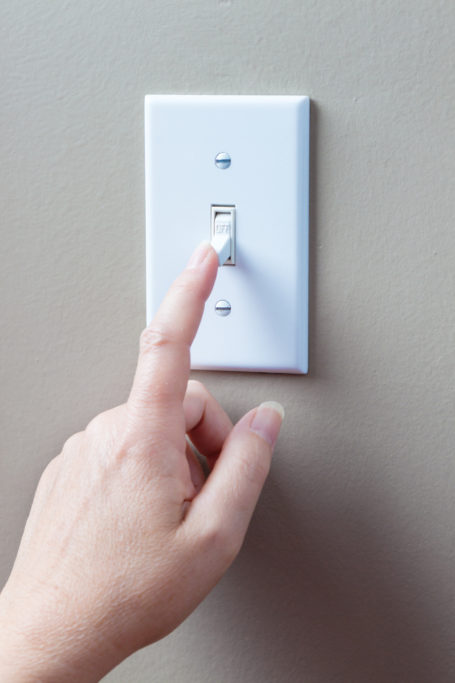Make Your Best Offer on a Home
Buying a home is one of the biggest financial decisions you may ever make, and negotiating the price can be a critical step in getting the best deal.
Whether you’re in a competitive market or looking at a home that’s been sitting for a while, knowing when to offer more or less than asking can make all the difference.

Understand the market
Once you’ve found your dream place, you may be ready to jump right in and put in your offer. However, it’s important to first do your homework. To start, research the current real estate market to gauge if it’s a buyer’s or seller’s market. With the former, homes may sit longer due to factors like higher inventory, leading sellers to be more willing to negotiate. Conversely, the latter is often the result of low inventory, which may mean more competition and multiple offers driving up prices. As an industry expert, your real estate agent will be your best source of such information, but you can also glean insights from online resources such as realtor.com.
Additionally, consider local market trends to see how much similar homes have recently sold for; your agent can provide a comparative market analysis (CMA) outlining these and other details. They can also help you make sense of the information and lend guidance on how to use it to fine-tune your approach.
When to offer less
There are several scenarios where offering less than the asking price may make sense. For one, if a property has been listed for several months without price adjustments, the owner may be open to a lower offer. A home needing significant repairs or updates also presents an opportunity for negotiation since the seller knows you will have to factor in renovation costs. Additionally, if they are highly motivated, such as if they are relocating or have already purchased another house, they may be more willing to accept a lower price to close quickly.
Whatever the case, though, make sure you don’t make too low of an offer—doing so could insult the seller and make them quickly turn it down. A good range to aim for is between 10 and 25 percent below asking, depending on the specific factors at play.

When to offer asking price or more
However, there are times when a low offer may cause you to lose out, such as in a competitive market where homes are selling quickly or when the asking price aligns with recent sales data. In such cases, negotiating too aggressively might push the seller away. Instead, offering full price or even more may be your best move. For instance, if multiple buyers are interested, submitting a strong initial offer can improve your chances; you could also include an escalation clause, which automatically increases your bid if higher offer comes in, up to a set limit. It may push you to the upper end of your budget, but if the home is a perfect fit, sometimes offering more may be the way to ensure that you don’t miss your opportunity.
Strengthening your offer
Price isn’t the only factor that can help you stand out. You could also increase your earnest money deposit, demonstrating your financial capability and seriousness, or be flexible with contingencies, such as by waiving the appraisal. Further, if the seller needs to move quickly, offering a faster closing timeline may give you an edge. And, while more of a long shot, writing a personal letter explaining why you love the home may sway the seller’s decision, especially if it holds great sentimental value for them.
Because negotiating a home purchase is complex, working with a skilled real estate agent can give you a strategic advantage. They can assist you in crafting a competitive offer and effectively communicate with the seller’s agent. With the right approach, you can secure a fair price and confidently move forward in the homebuying process.


















